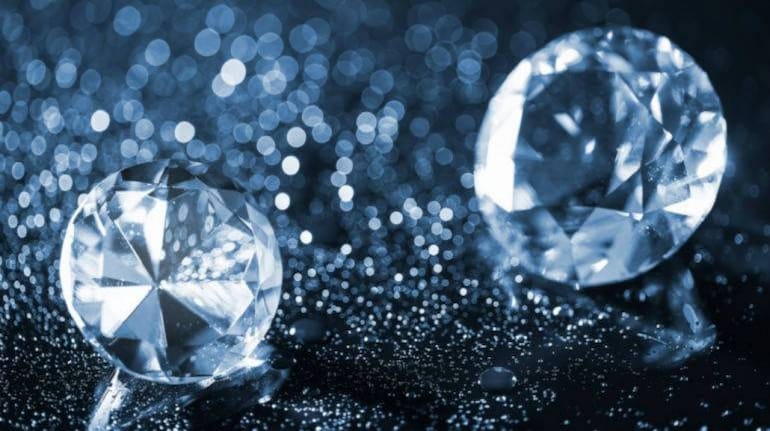



Lab-grown diamonds (LGD) sparkled in the Budget proposals for 2023-24 laid out by Finance Minister Nirmala Sitharaman on February 1. While stating that the sector holds great employment potential, she announced a reduction in customs duty on the seeds and machines used to produce these precious commodities.
"Customs duty on the seeds used in lab-grown diamond manufacturing will be reduced," she said.
Sitharaman also announced a grant to IITs to facilitate the growth of LDGs in India. "To encourage indigenous production of LGD seeds and machines and to reduce import dependency, a research and development grant will be provided to one of the IITs for five years," she said.
But this being a new term, must have confused many of us. Are lab-grown diamonds any different from naturally occurring diamonds? What is a lab-grown diamond? How are these manufactured? How is the reduced customs duty going to play out for the jewellery sector?
Here are the answers to all such queries related to lab-grown diamonds.
What are lab-grown diamonds?Lab-grown diamonds, as the name suggests, are cultivated in labs by people. With the use of technology, laboratories create these diamonds by mimicking the earth's natural processes that create diamonds conventionally. However, structurally and chemically, these lab-grown diamonds are the same as naturally occurring diamonds.
How are lab-grown diamonds made?Lab-grown diamonds are produced using high-temperature conditions. The synthetic diamonds are grown using two methods - High-Pressure High Temperature (HPHT) and Chemical Vapour Deposition (CVD). Both methods require diamond seeds. A diamond seed is a single crystal diamond in a slice with a thickness close to human hair.
"However, they are cheaper and often sold at a lower price compared to naturally occurring diamonds. As lab-grown diamonds become more widely available and their prices continue to drop, they may have a significant impact on the jewellery sector," said Mayank Goyal, who owns a precious jewellery shop.
"A natural diamond is mined from the crust of the earth and is over a billion years old, whereas a lab-grown diamond is synthetically made using advanced technologies and can be as young as six weeks old. Other than age, the primary difference between the two is the price. Since naturally occurring diamonds are limited in number, they are rare and hence expensive," said, Colin Shah, MD, Kama Jewelry.
"The R&D grant to support production and sales and even the consideration of lab-grown diamonds within the Union Budget 2023 is a huge encouragement for the entire lab-grown industry. This reflects positively on the opportunities for imports and exports within this sector. With the import duties cut down, we can forecast an increase in demand leading to significant growth in sales and the opportunity to take our Indian brands international," said Disha Shah of DiAi Designs Jewellery.
What will be the impact on natural diamonds?Increased demand for LGD may lead to inflated prices of naturally occurring diamonds. "As per the new Budget, customs duty on lab-grown diamonds will be reduced, which is a welcoming step for the gems and jewellery industry. This will help in making jewellery more affordable for the common man. On the other hand, the FM also announced that gold, silver and diamond will get more expensive, proving it detrimental for the sector as a whole," Pankaj Khanna, Chairman of Khanna Gems, said.
The reduced duties can give an impetus to India's gemstone sector. "The affordable prices of the seed of the LGDs will help reduce manufacturing cost, making India a preferred destination for the purchase as well as export of lab-grown diamonds. The grant to the domestic institutions to work on indigenously made machinery will help save money spent on capex in terms of Forex, Shah said.
"1.5 million carats of the 6-7 million carats of lab-grown diamonds produced worldwide come from India. This indicates that the market for lab-grown goods is seeing rapid growth and demand, as well as promising future prospects for the Indian jewellery industry," said, Pawan Gupta, director of P.P Jewellers by Pawan Gupta.
Discover the latest Business News, Sensex, and Nifty updates. Obtain Personal Finance insights, tax queries, and expert opinions on Moneycontrol or download the Moneycontrol App to stay updated!
Find the best of Al News in one place, specially curated for you every weekend.
Stay on top of the latest tech trends and biggest startup news.